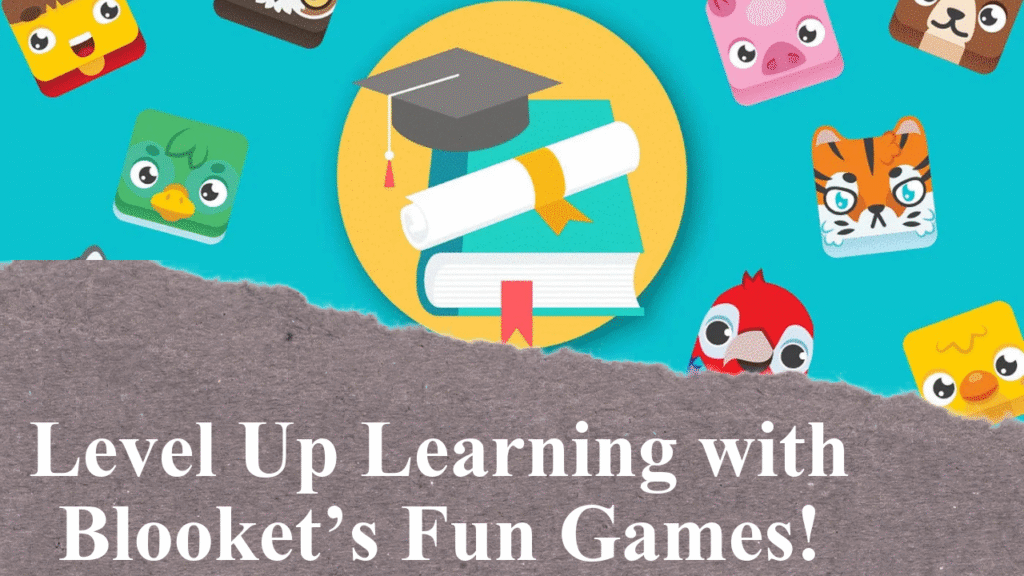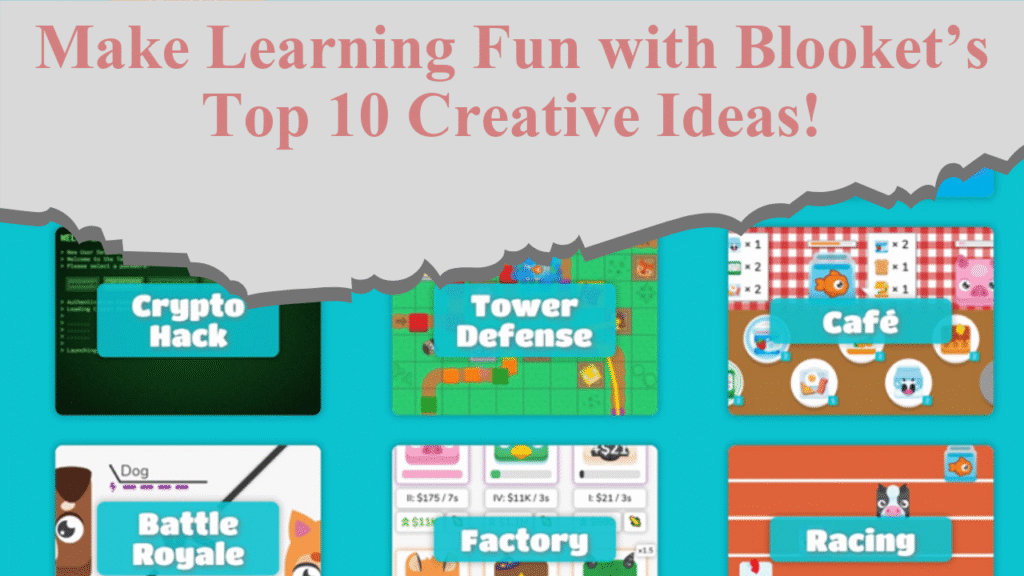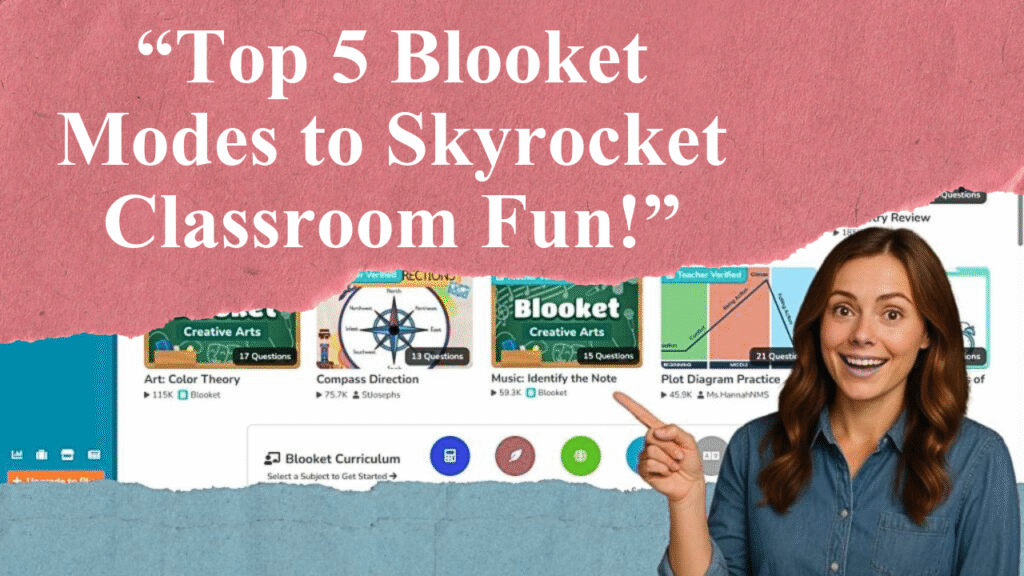Blooket transforms classroom learning into an engaging, game-based experience, blending education with fun to boost student participation. This article explores Blooket’s features, game modes, and real-time analytics, highlighting its impact on student engagement and learning outcomes. It provides practical tips for teachers to maximize its potential across subjects, making learning interactive and effective for students of all ages.
Revolutionizing Classroom Learning with Blooket
Blooket is an innovative, web-based platform that redefines educational engagement by integrating game-based learning into the classroom. Launched in 2018, it has gained traction among educators worldwide, with over 20 million users, including teachers and students, as of 2025. Its gamified approach combines quiz-style questions with interactive game modes, making learning feel like play while fostering retention and collaboration.
Blooket offers a variety of game modes, such as Gold Quest, Tower Defense, Battle Royale, and Café, each designed to cater to different learning styles. These modes transform traditional quizzes into competitive or cooperative experiences, encouraging students to engage actively with the material. For instance, in Gold Quest, students answer questions to earn gold, which they can spend strategically to advance, blending critical thinking with academic review. Teachers can create custom question sets or choose from a library of over 20 million pre-made sets covering subjects like math, science, history, and language arts.
The platform’s real-time analytics are a standout feature. After each game, Blooket generates detailed reports showing individual and group performance, including correct and incorrect answers. This data allows teachers to identify knowledge gaps and tailor instruction. For example, a 2024 study by EdTech Review found that 78% of teachers using Blooket reported improved student engagement, and 65% noted better retention of material compared to traditional methods.
Blooket’s accessibility enhances its appeal. It’s free to use, with a premium version offering advanced features like ad-free gameplay and detailed analytics for up to 300 players. The platform is device-agnostic, accessible on smartphones, tablets, or desktops, making it ideal for in-class, remote, or hybrid learning environments. Teachers can host live games or assign them as homework, with students joining via a unique game code, requiring no account for participation, which ensures compliance with COPPA regulations.
Customization is another strength. Educators can tailor questions to specific learning objectives, incorporating text, images, or interactive elements to suit visual, auditory, or kinesthetic learners. For elementary students, teachers can use bright graphics and simple phrasing, while advanced learners can tackle complex questions. A 5th-grade teacher in California reported a 30% increase in class participation after integrating Blooket into science lessons, citing its ability to make abstract concepts like the solar system engaging.
Blooket fosters collaboration through team-based modes, encouraging peer learning and communication. In modes like Tower of Doom, students work together to strategize, building social skills alongside academic knowledge. The platform’s leaderboard and reward system, where students earn coins or “Blooks” (customizable avatars), adds a layer of motivation. A 2025 survey on X revealed that 82% of students found Blooket more engaging than other quiz platforms like Kahoot or Quizizz due to its diverse game styles.
However, Blooket has limitations. Its reliance on multiple-choice questions restricts deeper, open-ended learning, and some game modes prioritize speed, which may disadvantage slower processors. Teachers can mitigate this by adjusting settings to focus on accuracy over speed. Additionally, while the free version is robust, premium features like enhanced analytics require a subscription, which may not be feasible for all schools.
To maximize Blooket’s potential, teachers should align question sets with curriculum goals, mix question types for variety, and use analytics to guide instruction. Incorporating student-created question sets can further boost engagement, as it gives learners ownership of the process. For example, a high school history teacher in Texas used student-generated Blooket sets to review World War II, resulting in a 25% improvement in test scores.
Blooket’s impact extends beyond traditional classrooms. It’s effective for homeschooling, after-school programs, and remote learning, offering flexibility for diverse educational settings. Its gamified approach aligns with the growing trend of edutainment, where education meets entertainment, ensuring students remain motivated while mastering key concepts.
Disclaimer: This article is based on information from educational websites, teacher reviews, and recent posts on X discussing Blooket’s impact. Data points, such as user statistics and engagement metrics, are sourced from credible platforms like EdTech Review and Blooket’s official site. Tips are derived from practical guides and educator experiences shared online. Always verify platform features and subscription details before use.




